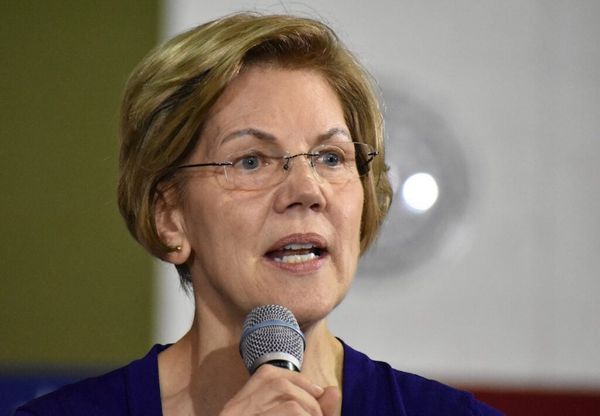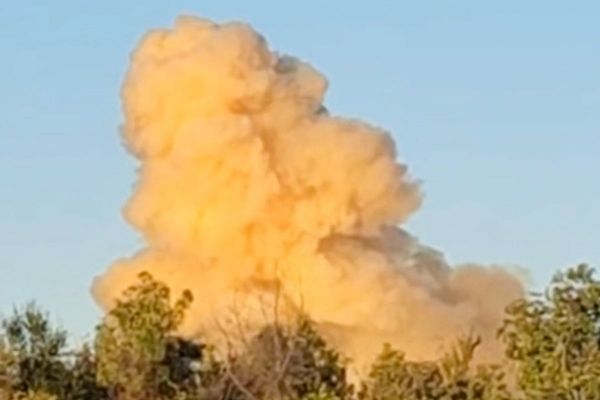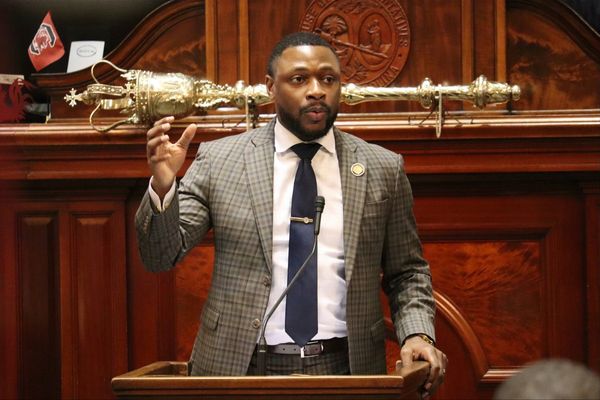
Your article (‘Let Amazonians speak for themselves’: trouble in paradise for Sebastião Salgado’s Amazônia, 17 January) commits a grave injustice to the work and legacy of the Brazilian photographer Sebastião Salgado. Salgado primarily photographs Indigenous groups in their traditional way of life. Communities such as the Suruahá, Zo’é, and Korubo are depicted exactly as they live: Indigenous peoples who have been recently contacted do not wear clothing.
These images are central for Brazilian culture, and more importantly, they serve to draw global attention to the need for conservation of the forest – without which these communities cannot survive. Salgado was fully aware that to capture global attention, he needed to reach the depths of the Amazon, photographing areas to which only the Brazilian government, through its National Indigenous Peoples Foundation (Funai), can grant access.
Salgado actively collaborates with our organisations and only photographs groups that have invited and authorised him to do so. As an Indigenous person from the Marubo ethnic group, I was portrayed by him and witnessed his dedication to identifying others who were photographed by their full names and their locations.
When first published, the article neglected to mention that within Salgado’s Amazônia exhibition, leaders from these groups share their stories, challenges and issues through video presentations. Here are Amazonian Indigenous voices speaking for themselves, as the article’s headline proposes, yet this vital feature of the exhibition was not mentioned.
Furthermore, it is important to highlight Salgado’s significant role alongside Brazilian Indigenous movements. As a member of the Union of Indigenous Peoples of the Javari Valley (Univaja), I can testify how, thanks to his political influence, Brazil’s supreme court ensured that medical care reached Indigenous groups when they were abandoned by the Bolsonaro government during the Covid-19 pandemic. This resulted in the legal instrument known as ADPF-709, which has been crucial for many of these communities, including those in voluntary isolation and recently contacted.
Beyond photographing our communities, Salgado supported the creation of a surveillance system in the Javari valley, which involved the indigenist Bruno Pereira, who was tragically killed alongside the Guardian journalist Dom Phillips. Thanks to his efforts, we established a partnership that facilitated a project that was honoured with the UN’s Equator prize in 2024 as an innovative initiative in environmental protection.
Beto Vargas Marubo
Union of Indigenous Peoples of the Javari Valley (Univaja)







